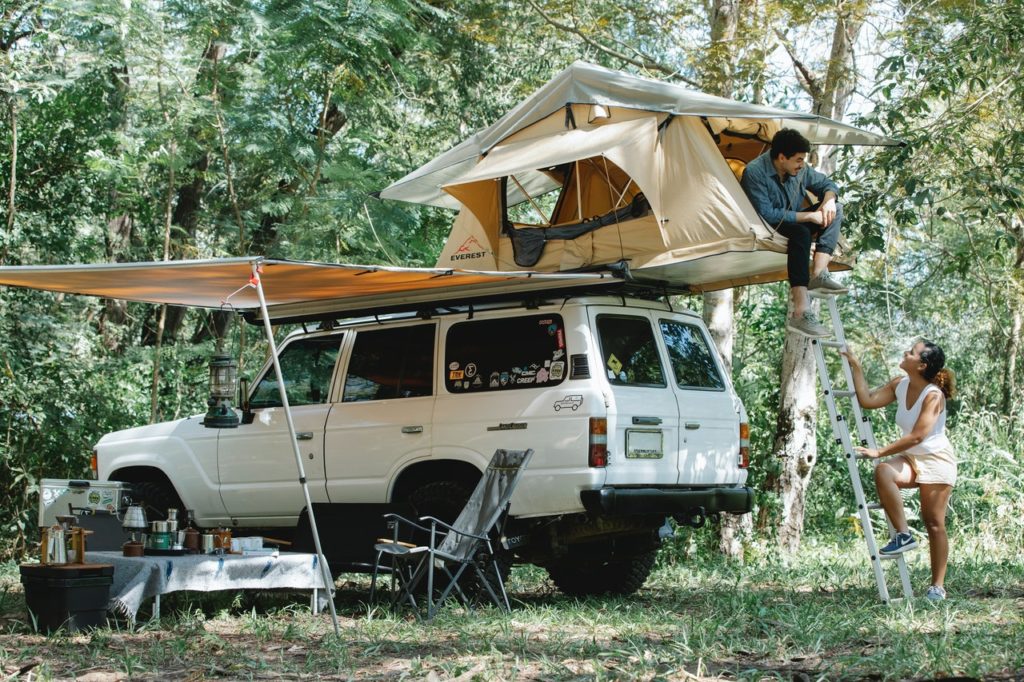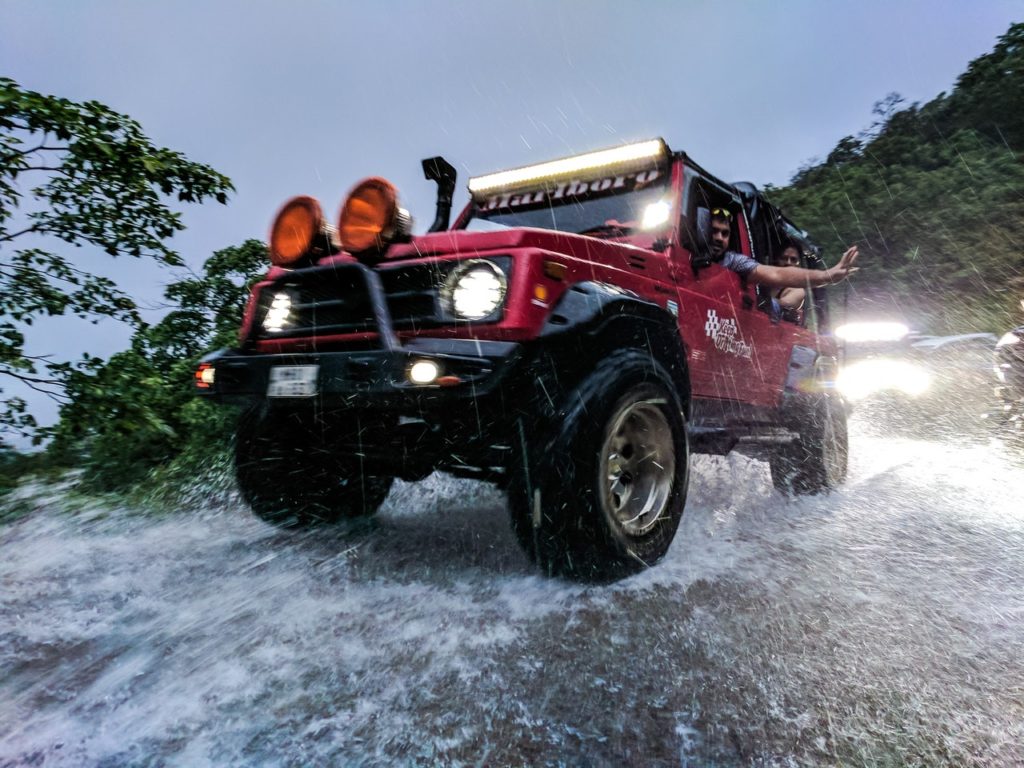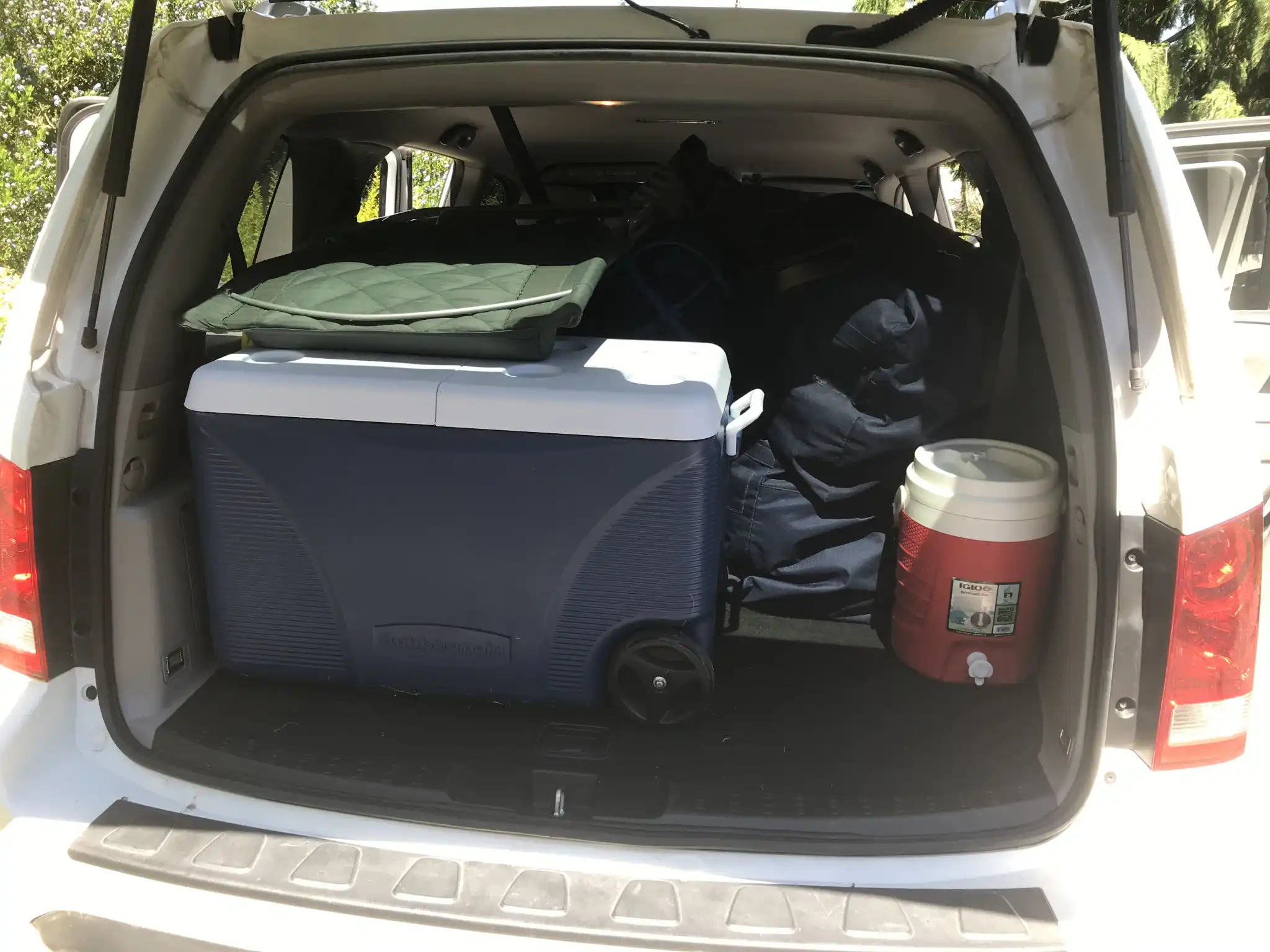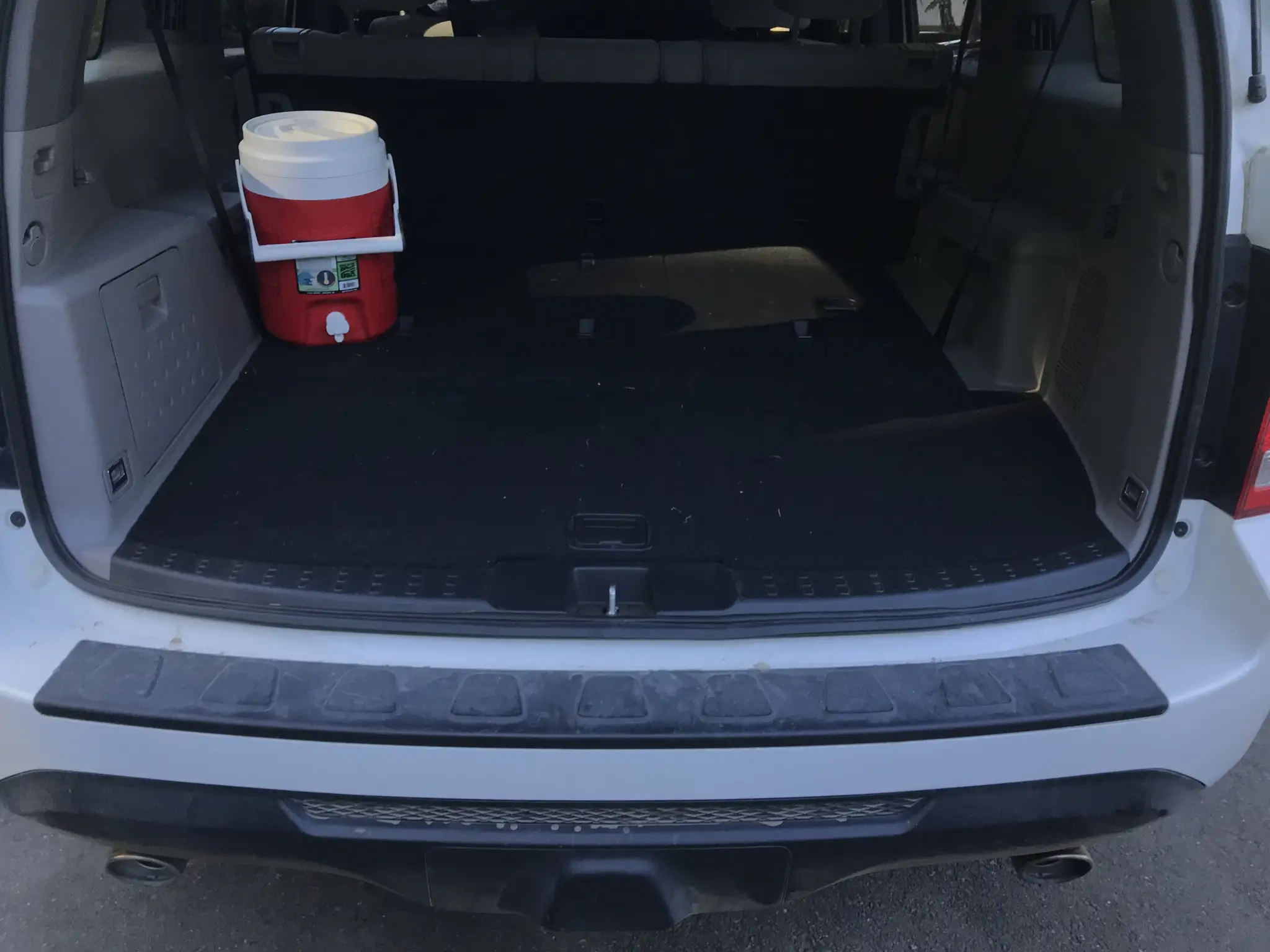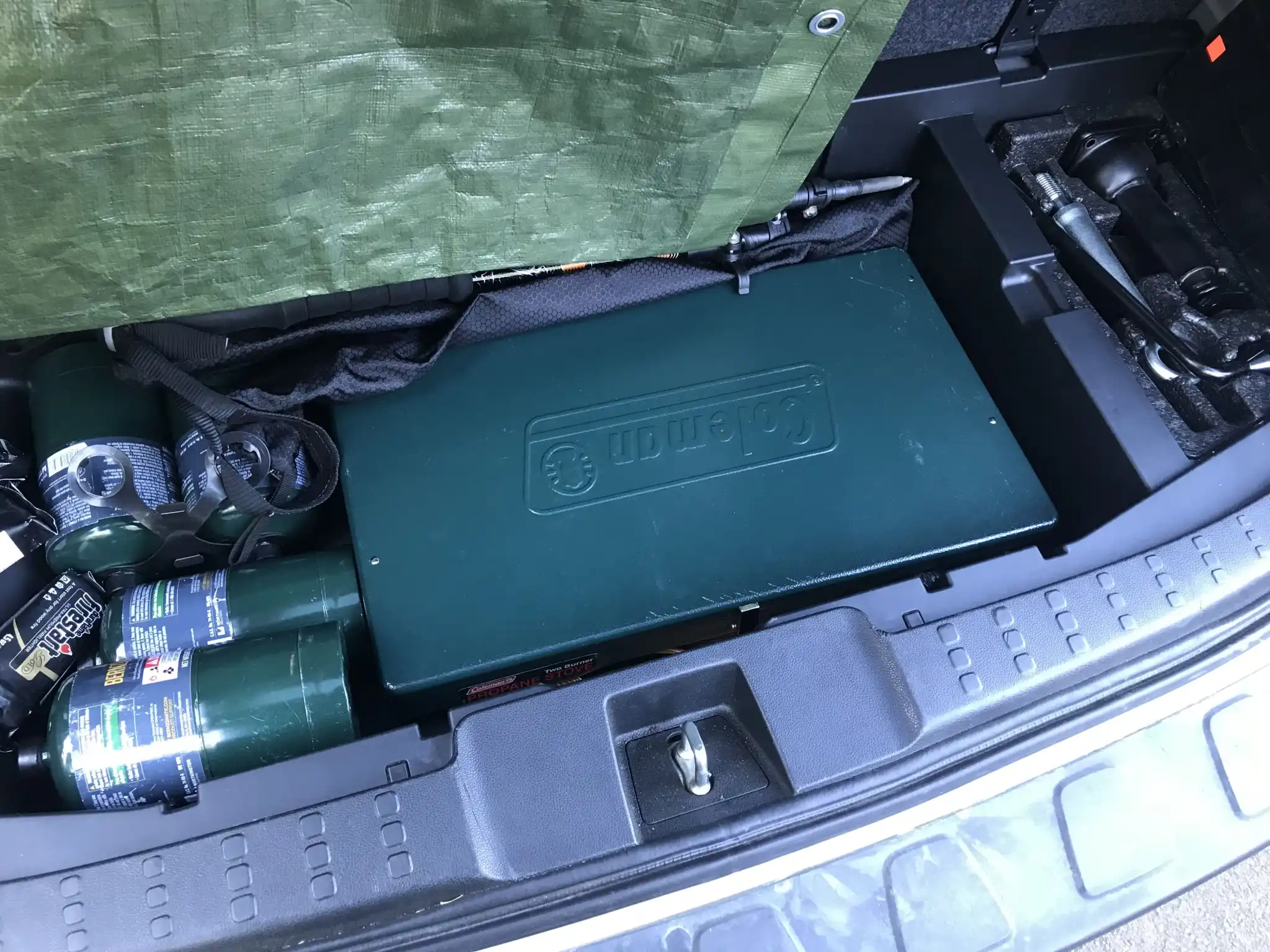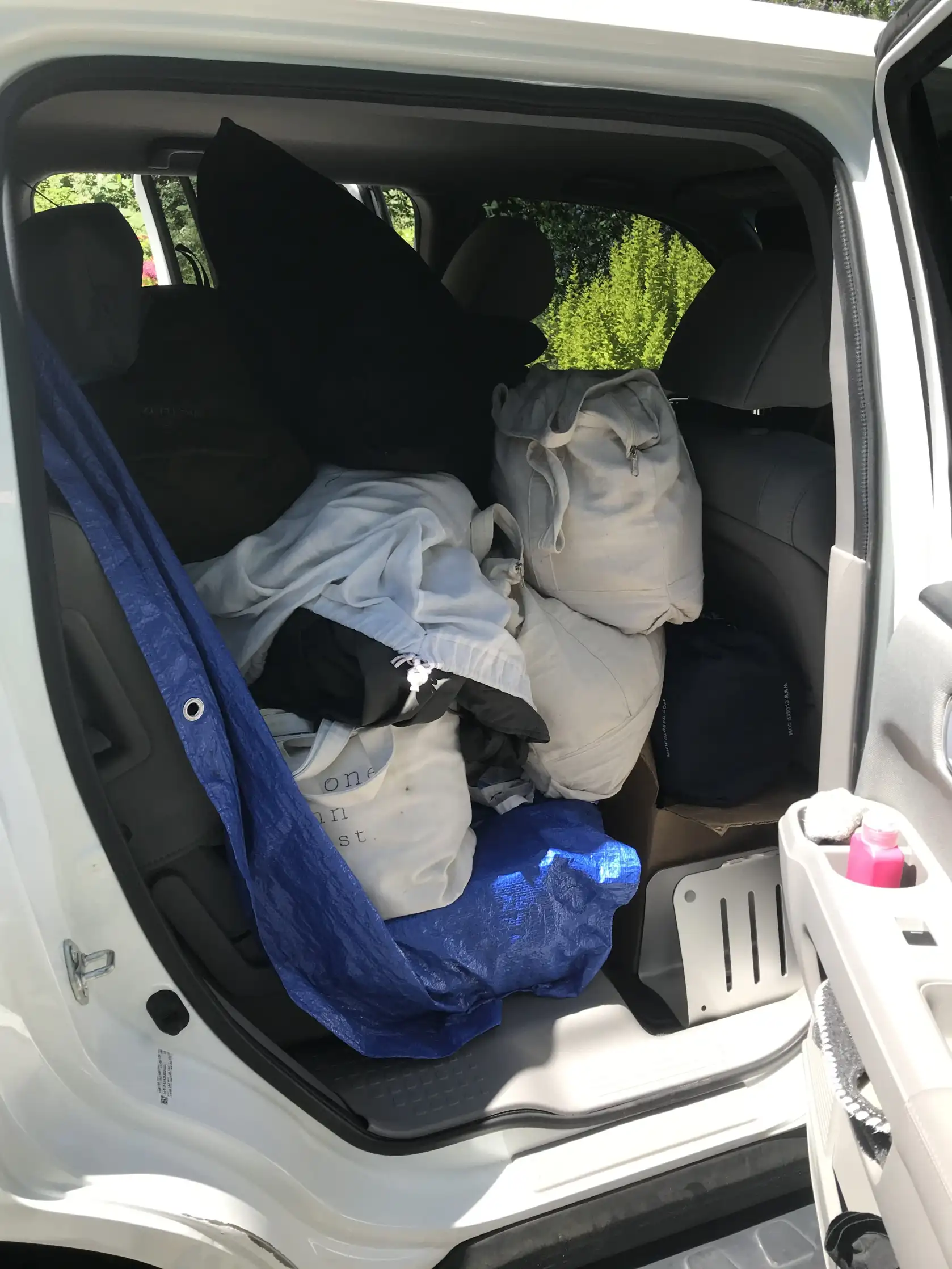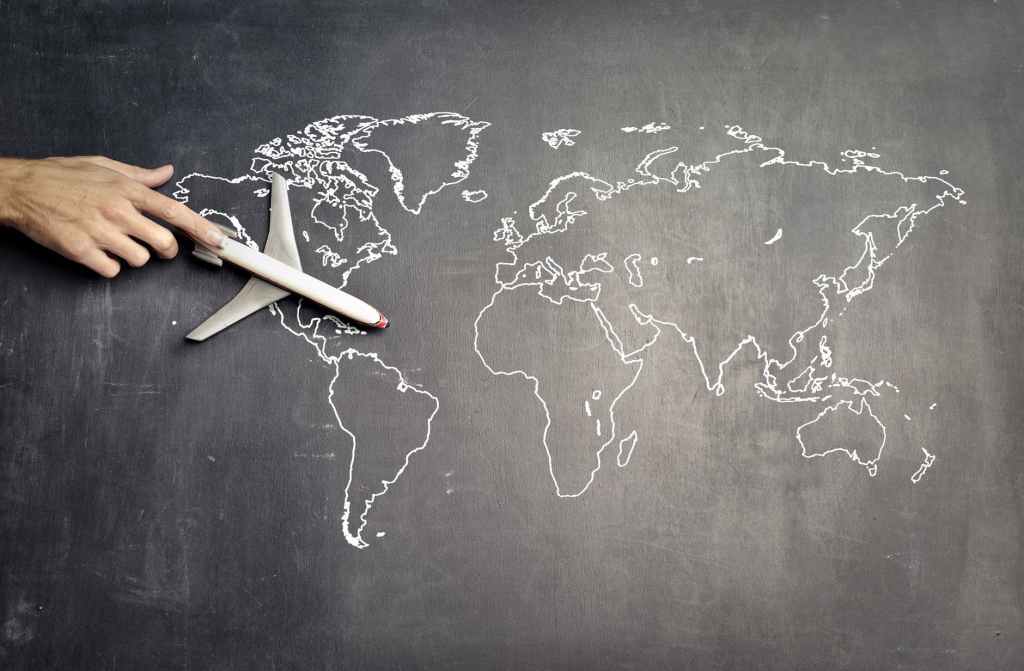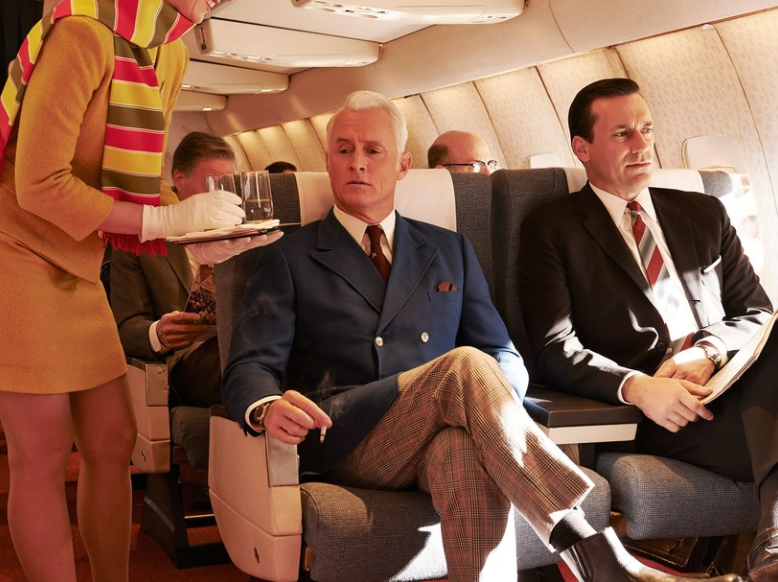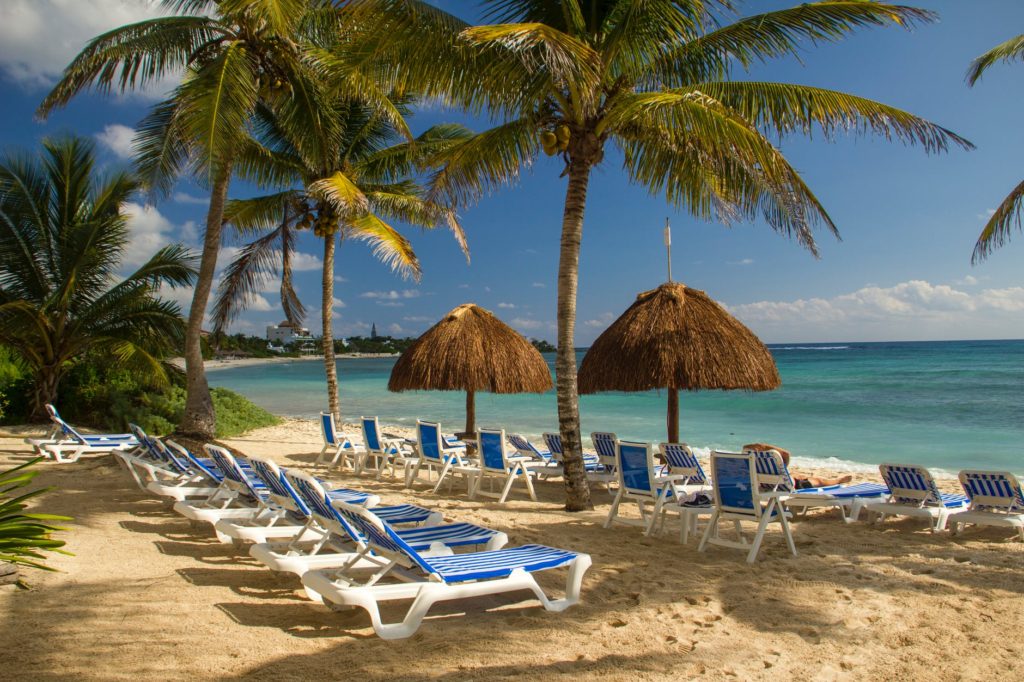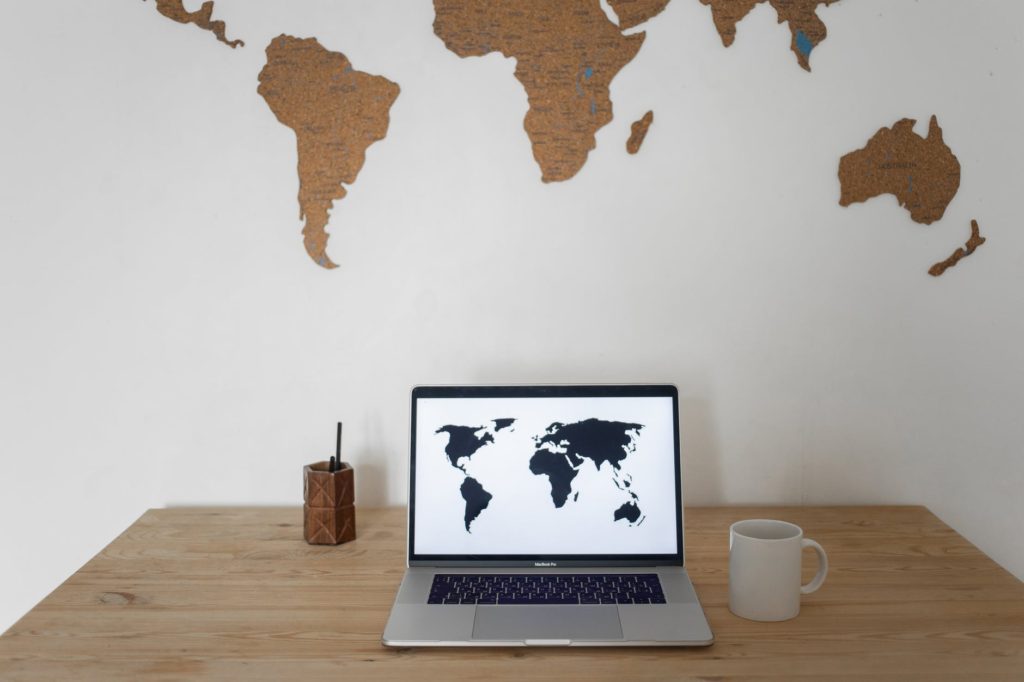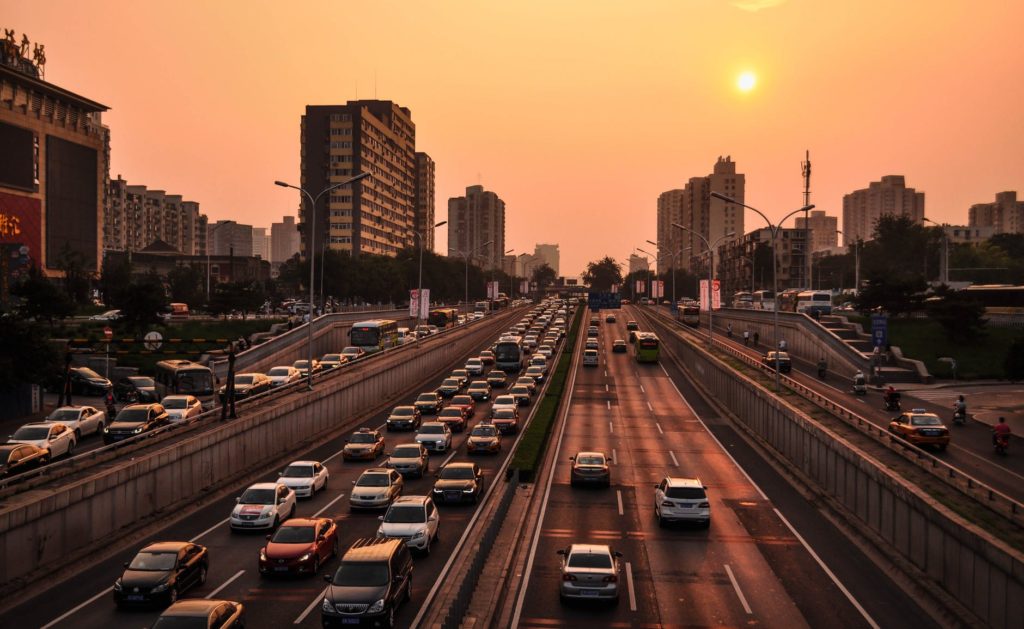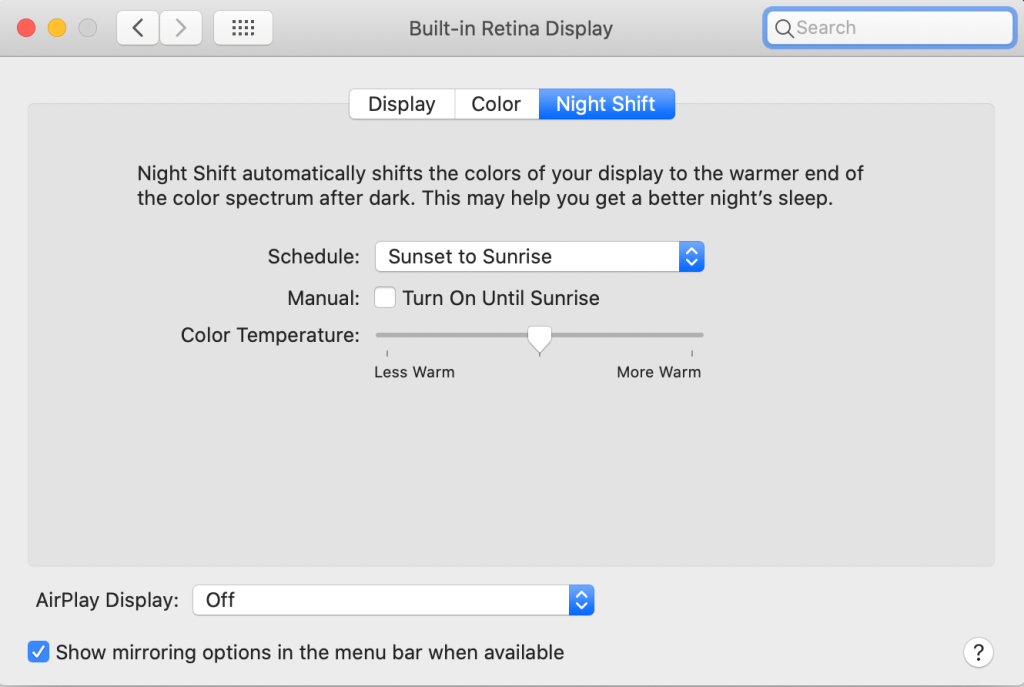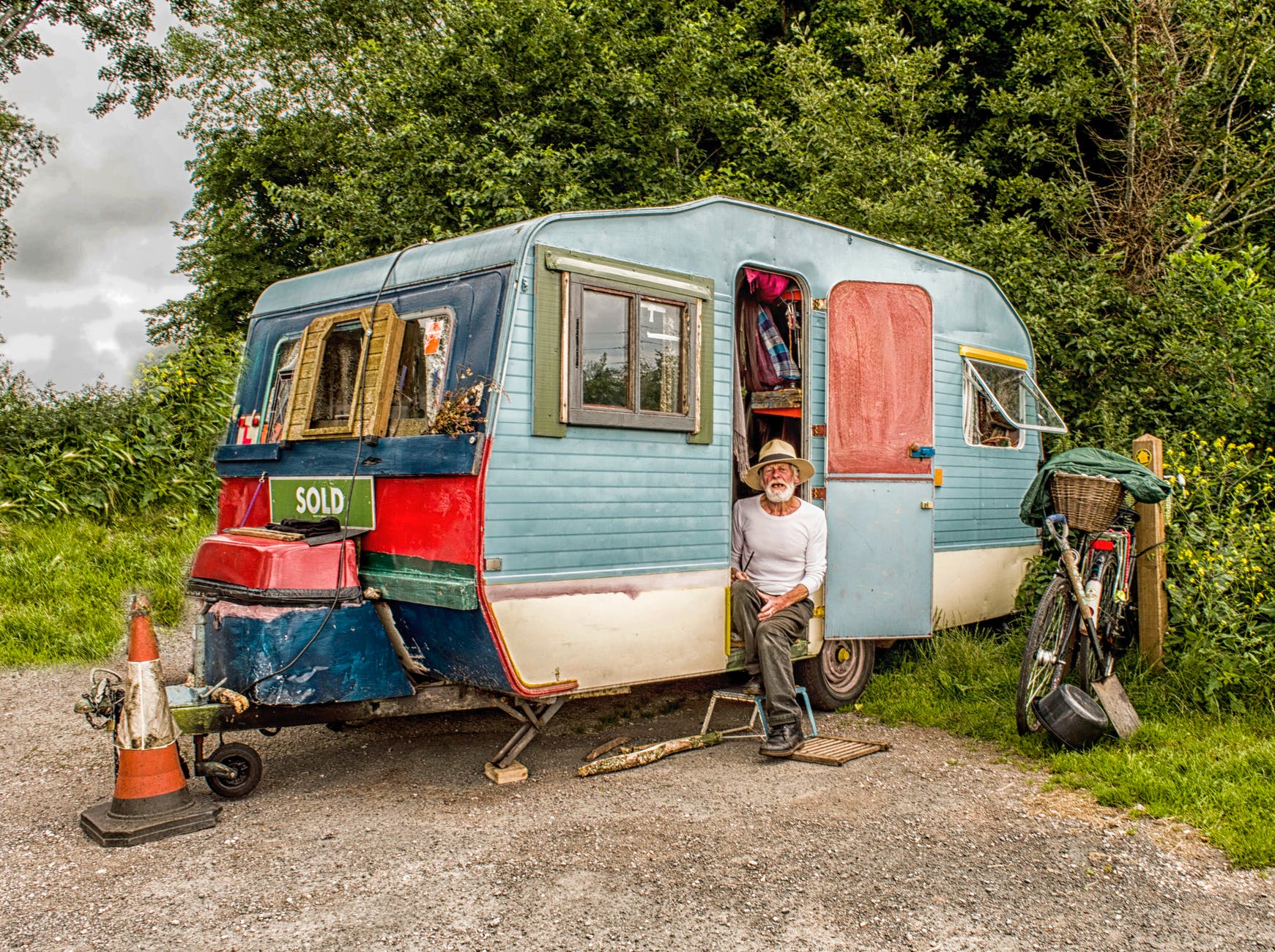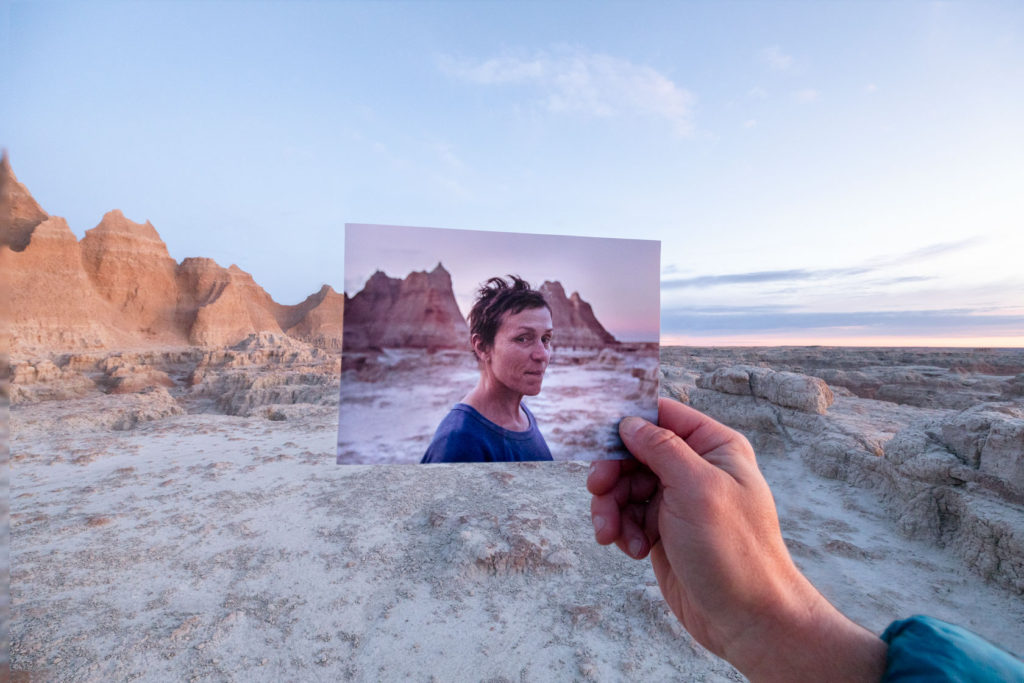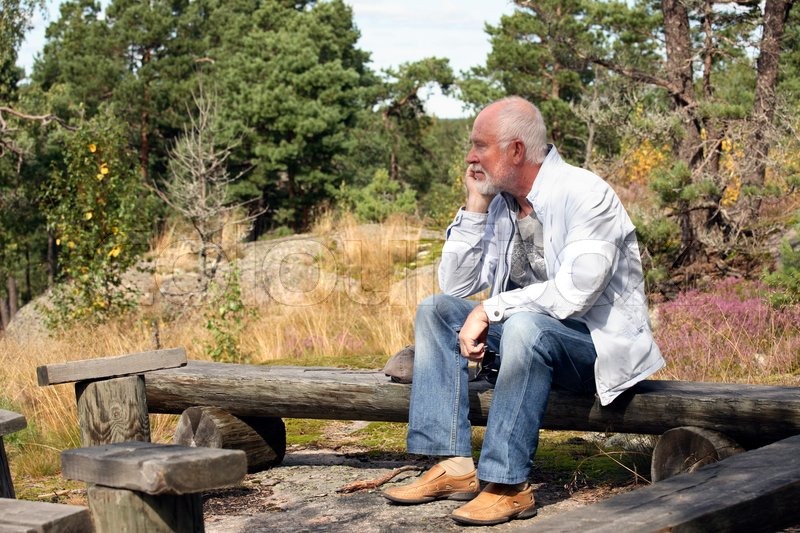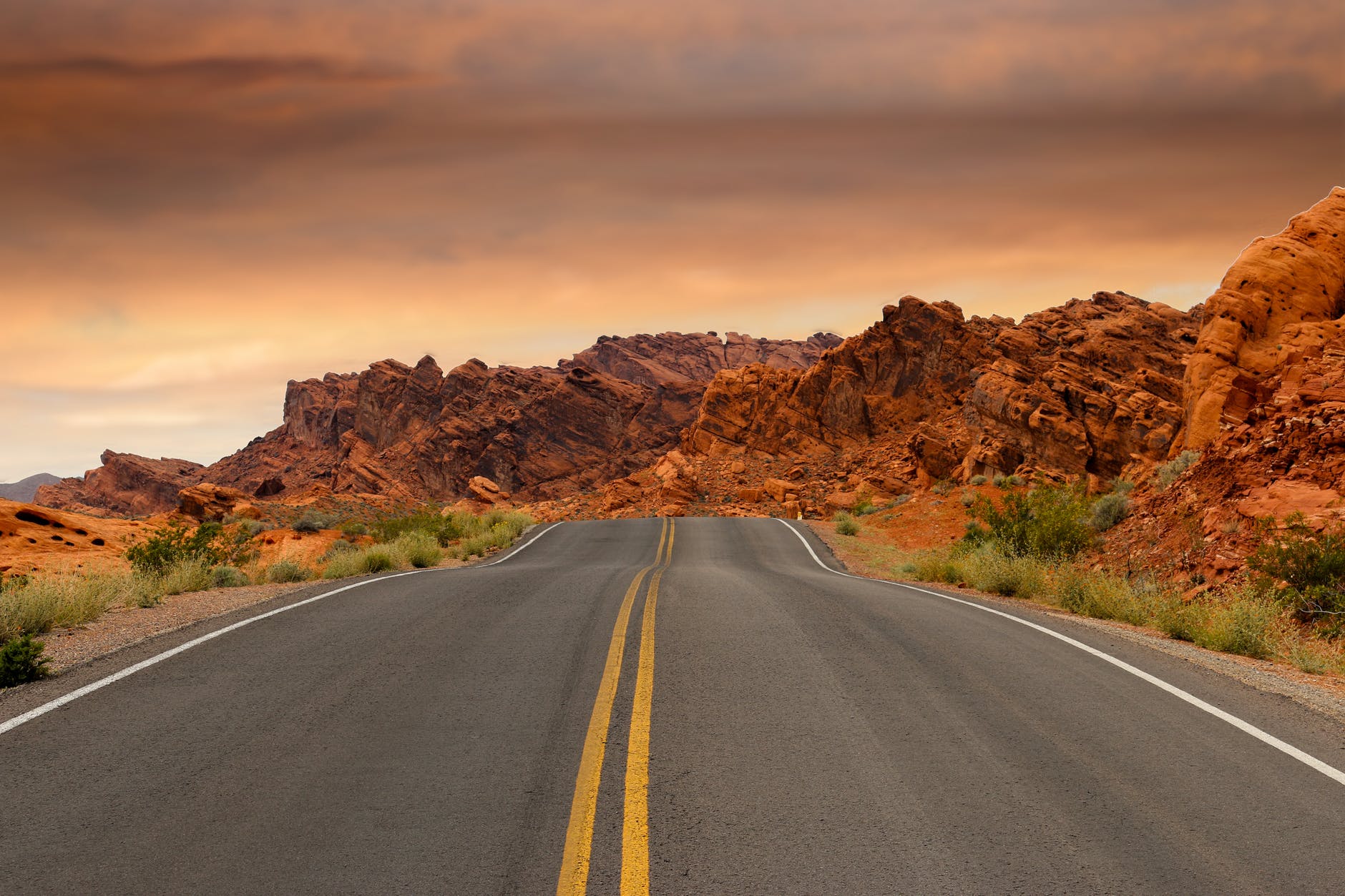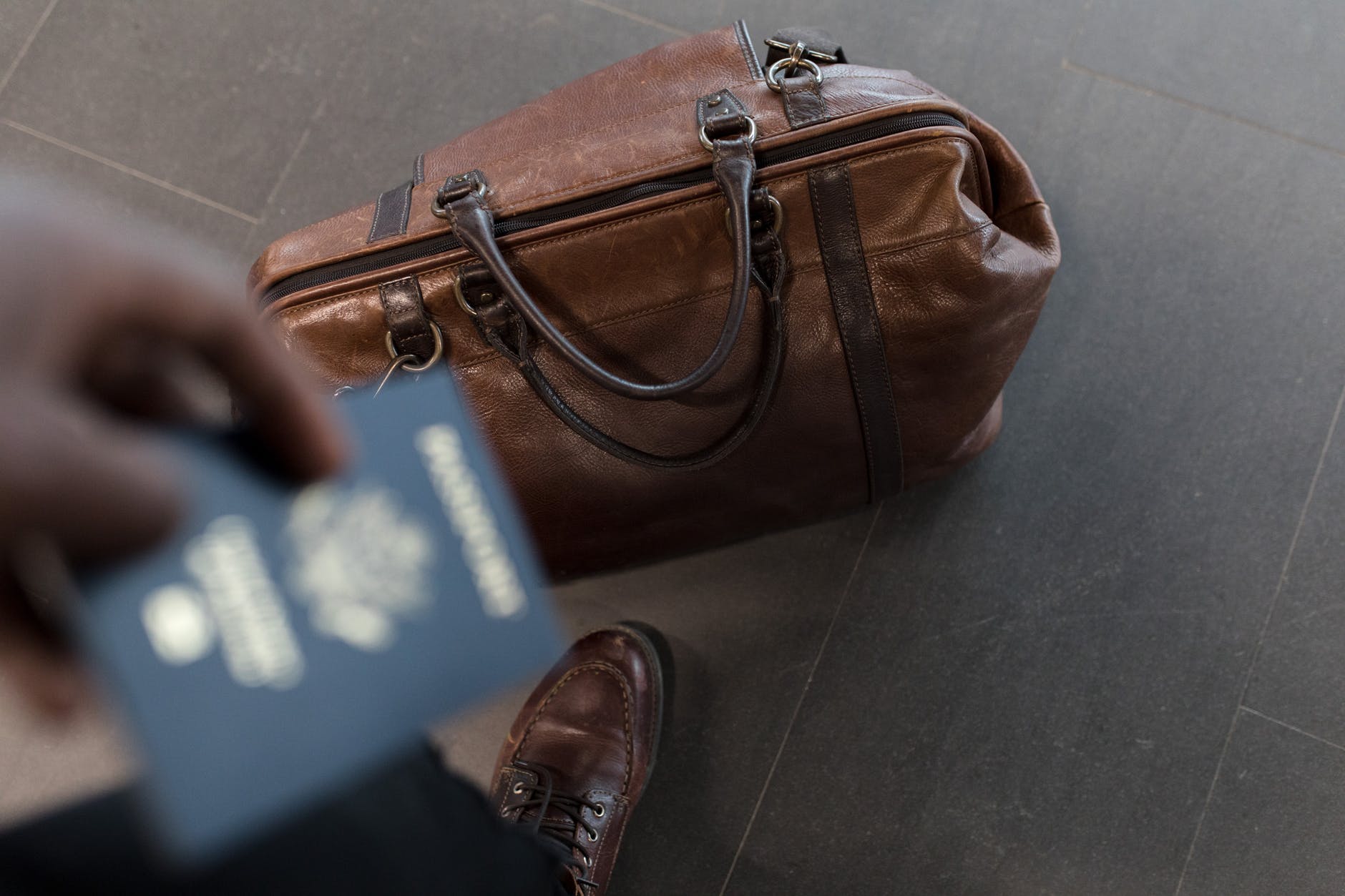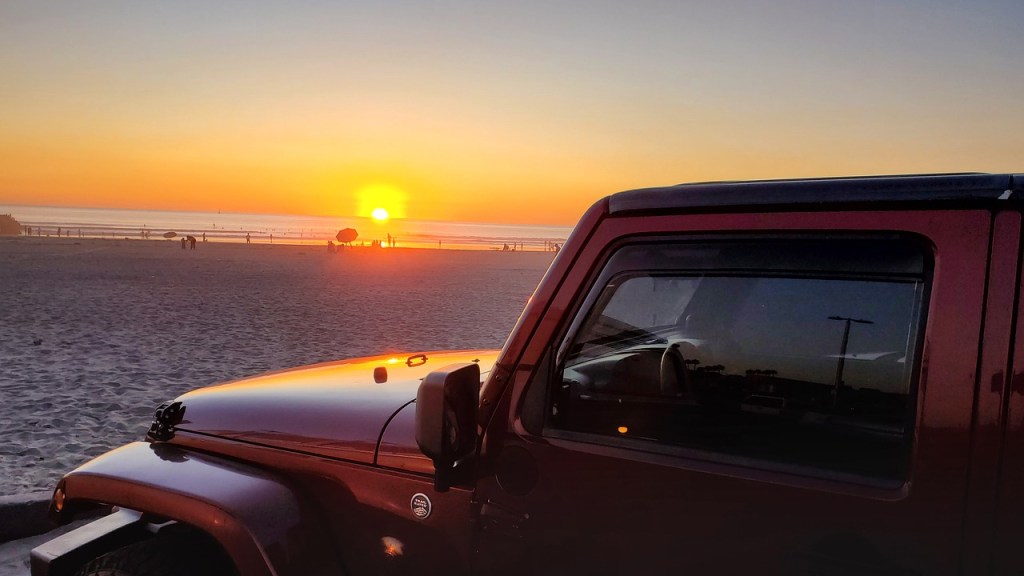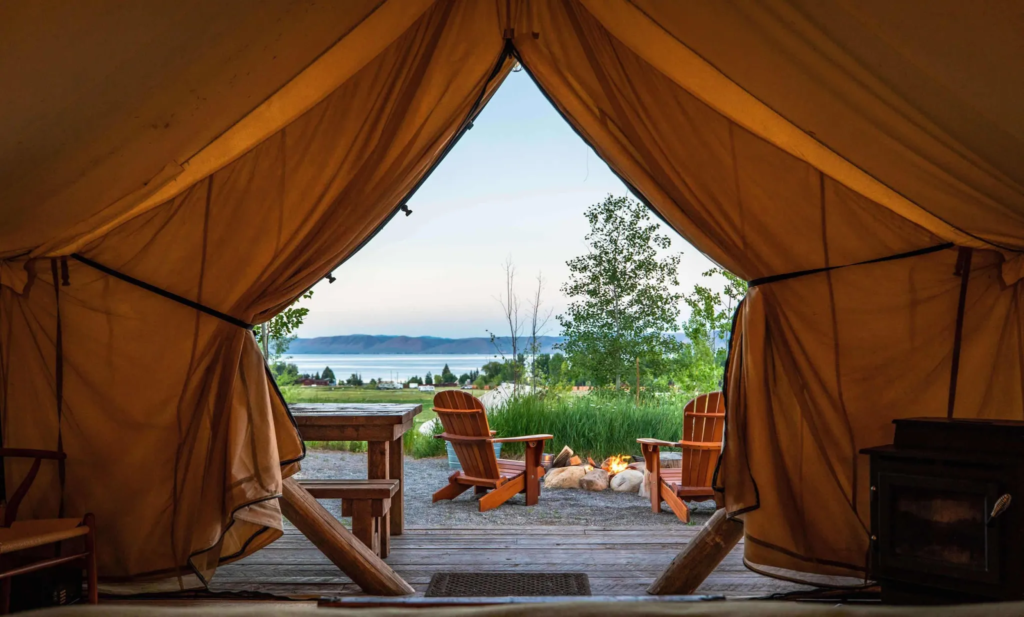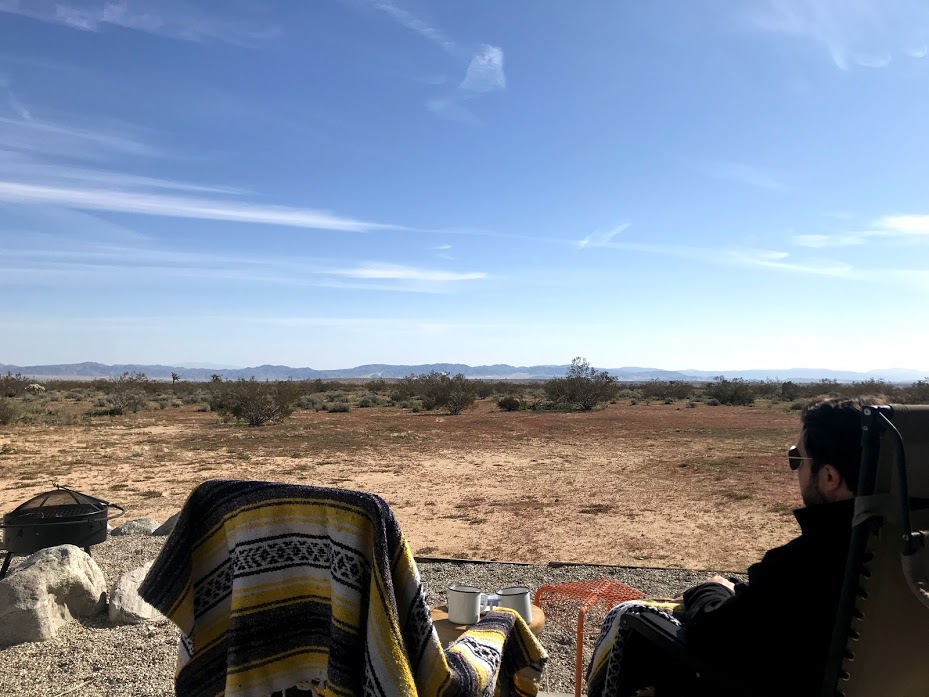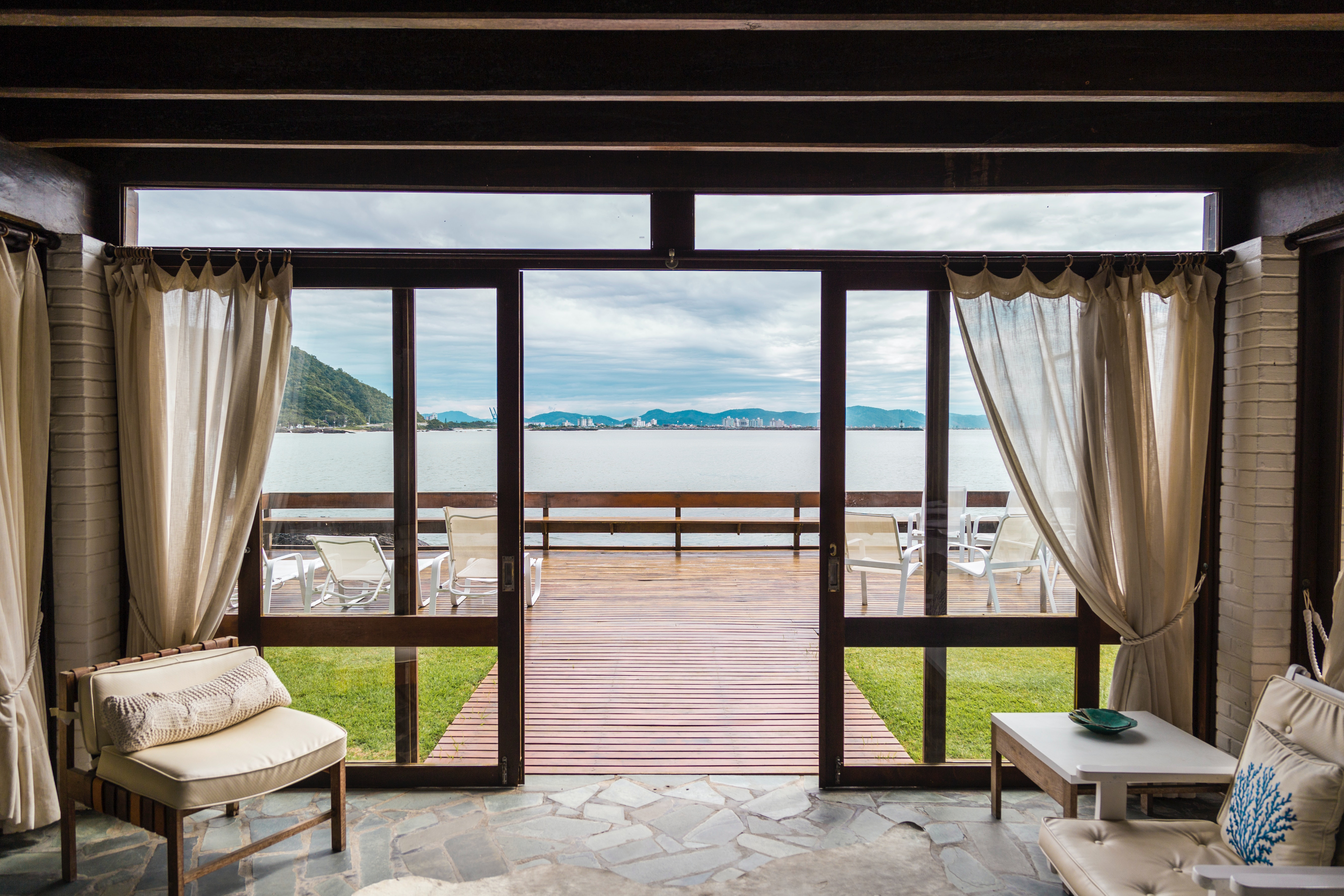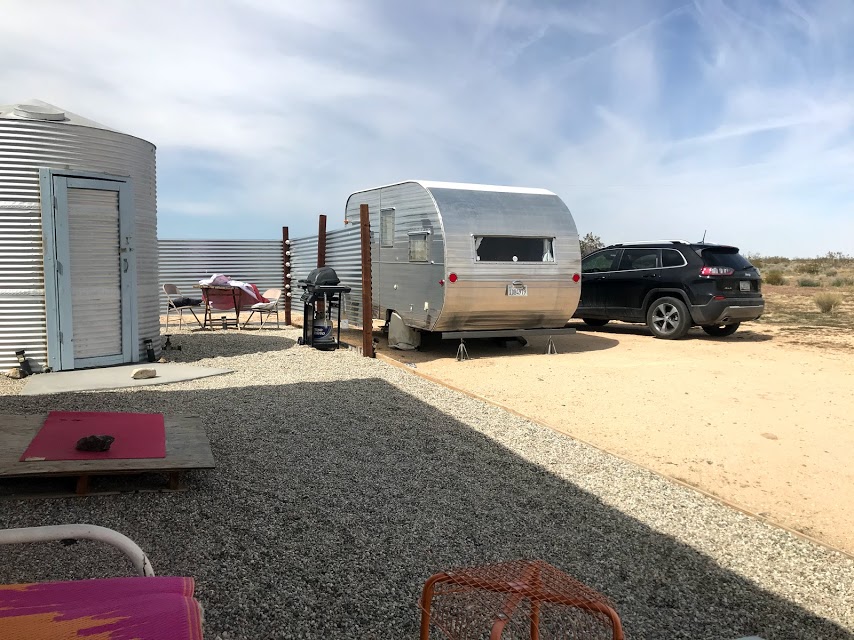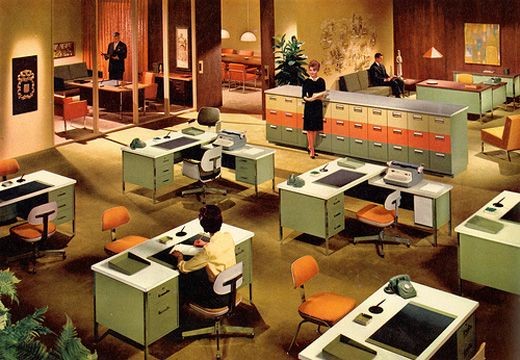
Are you using a Virtual Private Network (VPN)? If you’re not, you should be!
A Virtual Private Network creates a secure connection between your device and a computer network, when you’re using a public wifi network (or even your AirBnB/hotel’s network). A number of VPN services are offered in this era, including Surfshark VPN, ProtonVPN, ExpressVPN, and others.
To set the stage, you’re working in Mexico while on vacation. You log into your company’s website, and get a browser error: You are blocked for connecting via an unsecured network. You go to another site to order some food for lunch. The site recognizes your Mexican IP address and shows you the site in Spanish. Finally, when the day’s over, you settle in to watch some Amazon Prime Video. Your viewing options are extremely limited, since it recognizes you’re out of the country. Oh well, time for bed.
Good news: A VPN could solve all of these issues.
In an era where online privacy is paramount, a Virtual Private Network (VPN) stands out as a powerful tool, offering a plethora of benefits.
Here are just a few important benefits of VPNs:
Access Anywhere, Anytime:
- Bypasses geo-restrictions, providing access to region-specific content.
- Enables unrestricted browsing and streaming, irrespective of location.
Enhanced Security:
- Encrypts internet connections, securing sensitive data.
- Shields against cyber threats and potential hacking attempts.
Privacy Assurance:
- Masks IP addresses, ensuring anonymous online activities.
- Guards against tracking and surveillance, promoting a private browsing experience.
Business Efficiency:
- Facilitates secure remote access for employees to corporate networks.
- Ensures encrypted communication, safeguarding confidential business data.
Whether for personal use or business applications, a VPN is a versatile solution that seamlessly combines security, privacy, and accessibility in today’s interconnected digital landscape.
Which VPN should you use?
Let’s compare and contrast.
| NordVPN | Surfshark | ProtonVPN | ExpressVPN | |
| Privacy & Security | Independently audited no-logs policy Double encryption for extra protection 256 Bit AES encryption | Independently audited no-logs policy Private server infrastructure | No-logs policy audited by third parties | Independently audited no-logs policy 256 Bit AES encryption |
| Features | Proprietary VPN protocol NordLynx for enhanced speed CyberSec feature for ad blocking and malware protection Kill switch to ensure data protection | Camouflage mode keeps VPN use a secret Surfshark One for malware protection, data leaks | Secure email Secure calendar Encrypted cloud drive | Proprietary Lightway VPN protocol to protect user traffic |
| Speed | VPN servers 6,000+ DL 225 Mbps UL 218 Mbps | VPN servers 3,200+ DL 228 Mbps UL 167 Mbps | VPN servers 1,200+ DL 240 Mbps UL 240 Mbps | VPN servers 3,000+ DL 230 Mbps UL 210 Mbps |
| Prices | From $3.39 / mo Click here to get 63% off a 2 year subscription and 3 months for a friend! | From $2.29 / mo Click here to get 79% off and 2 months free! | From $4.99 / mo | From $6.67 / mo |
Out of all of the above, NordVPN clearly checks most of the boxes, and this is why I prefer it.
Why did I choose NordVPN?
- It’s the fastest VPN, according to independent studies. Here’s a full AV-TEST report.
- 6000+ servers in over 61 countries — more options to connect and less lag.
- No bandwidth or data limits for VPN traffic.
- Connect up to 6 devices at once, which is great for AirBnBs.
- Specialty servers tailored to specific needs, such as P2P or extra security.
- Threat Protection blocks malicious sites, ads, and trackers for extra peace of mind.
- Meshnet connects devices remotely for secure file sharing or team work.
How to sign up for NordVPN
Click here for an exclusive deal on a NordVPN subscription!If you’d like to sign up for NordVPN, they offer a 30 day money back guarantee.
A free VPN trial? Why not?
I used this when I first started out, and they were very prompt with the refund.
After evaluating some other VPNs, I ended up signing on full time!
 Instagram:
Instagram:  TikTok:
TikTok:  LinkedIn:
LinkedIn: 


